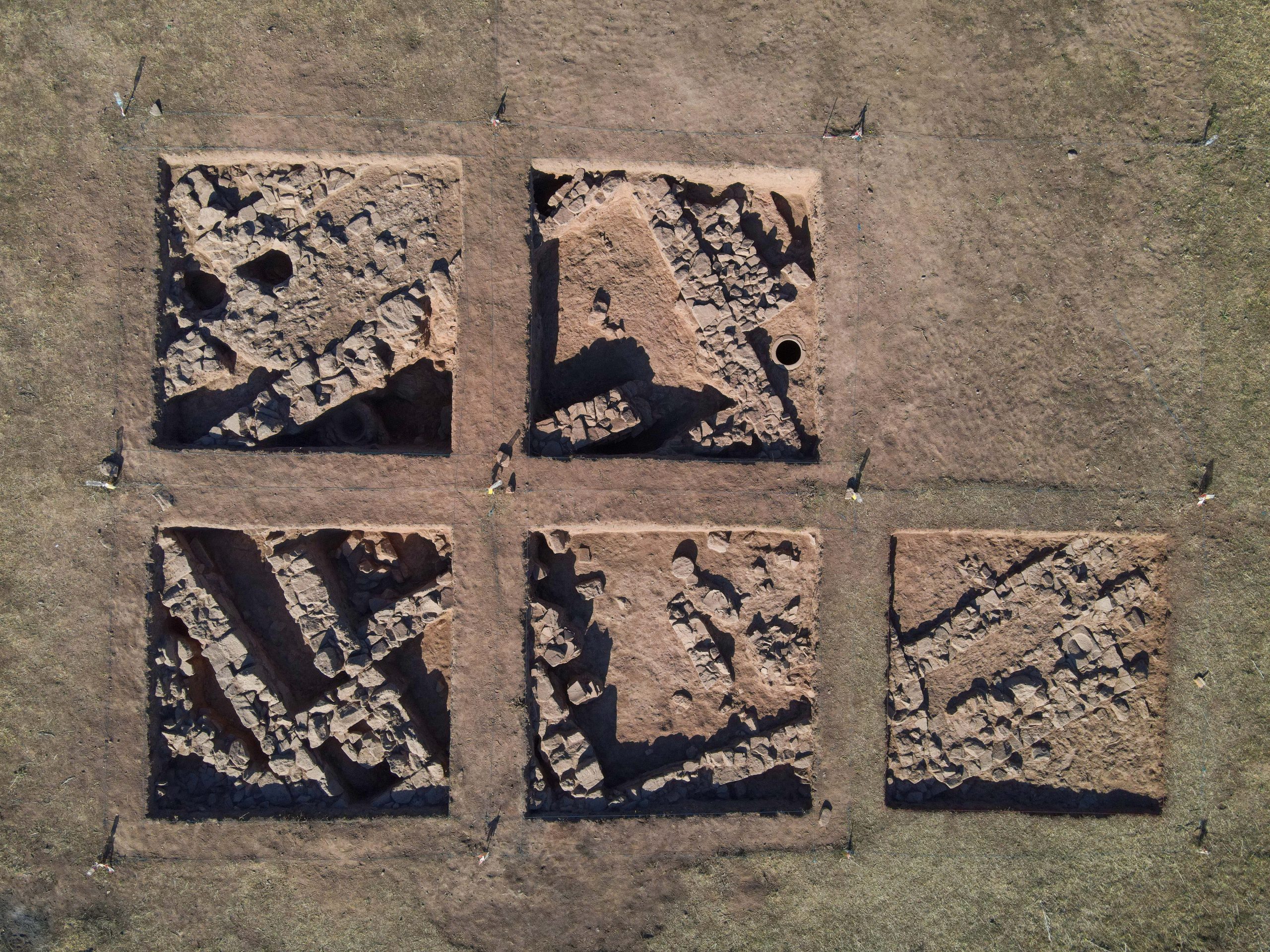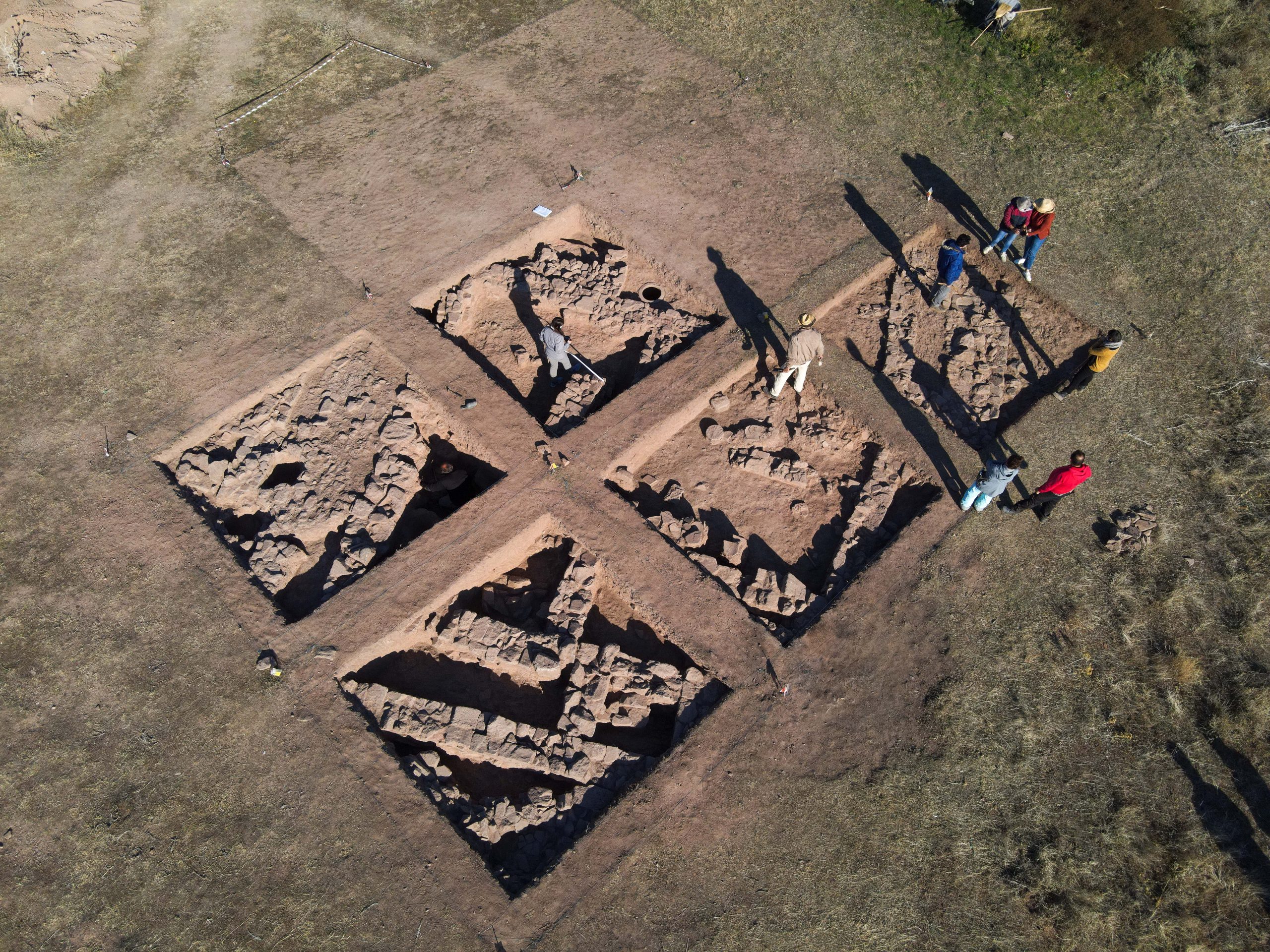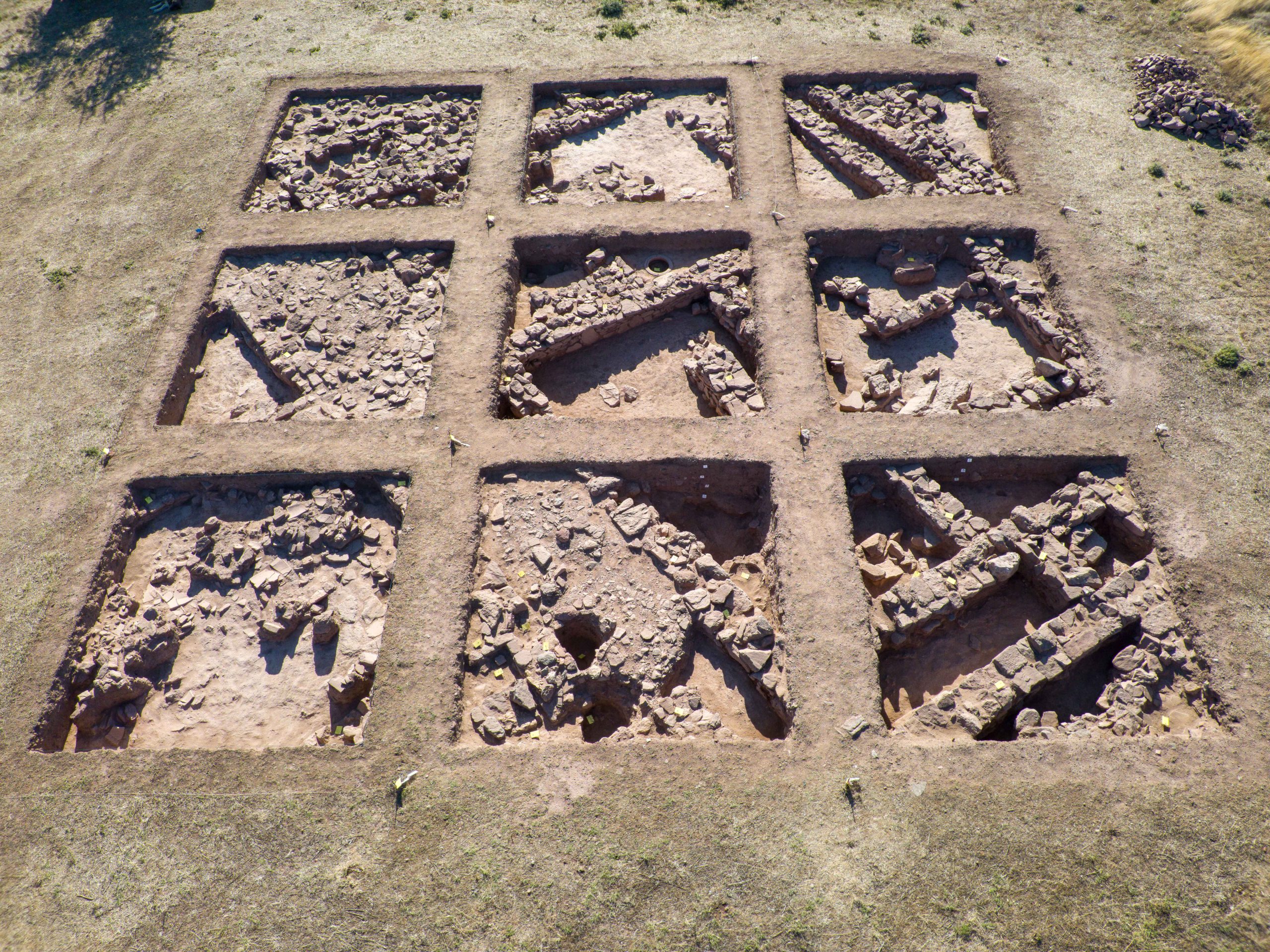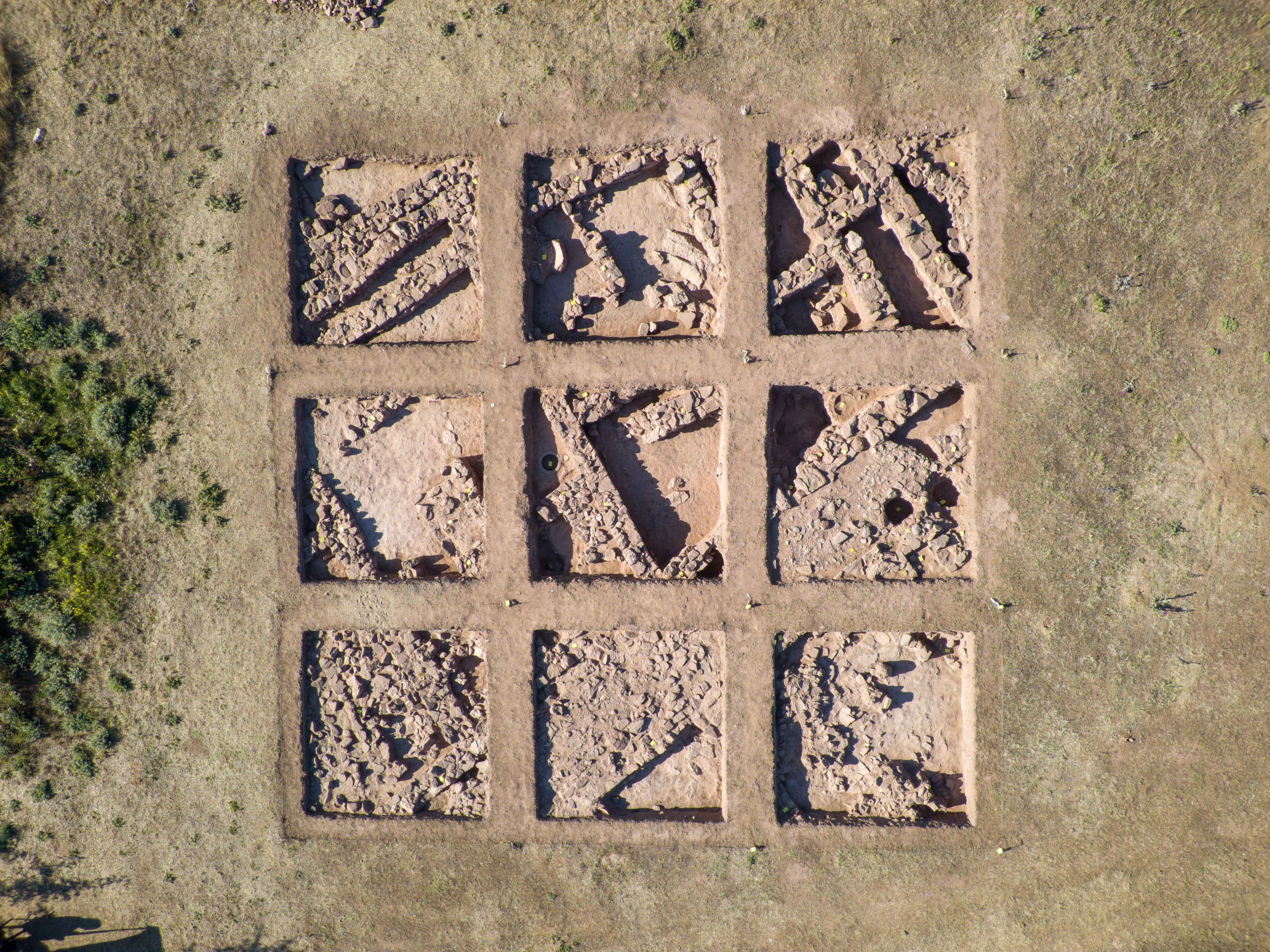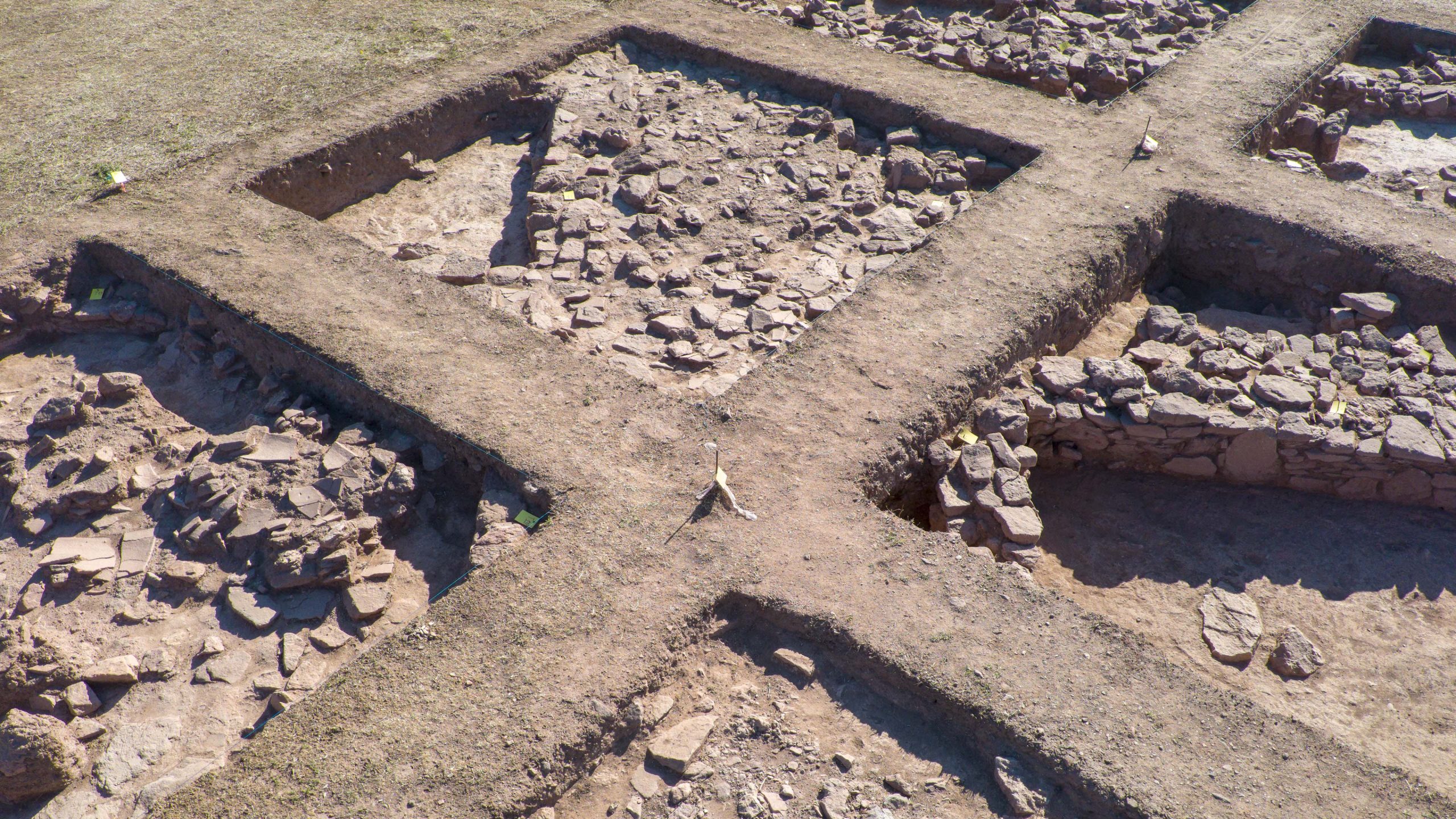This website uses cookies so that we can provide you with the best user experience possible. Cookie information is stored in your browser and performs functions such as recognising you when you return to our website and helping our team to understand which sections of the website you find most interesting and useful.
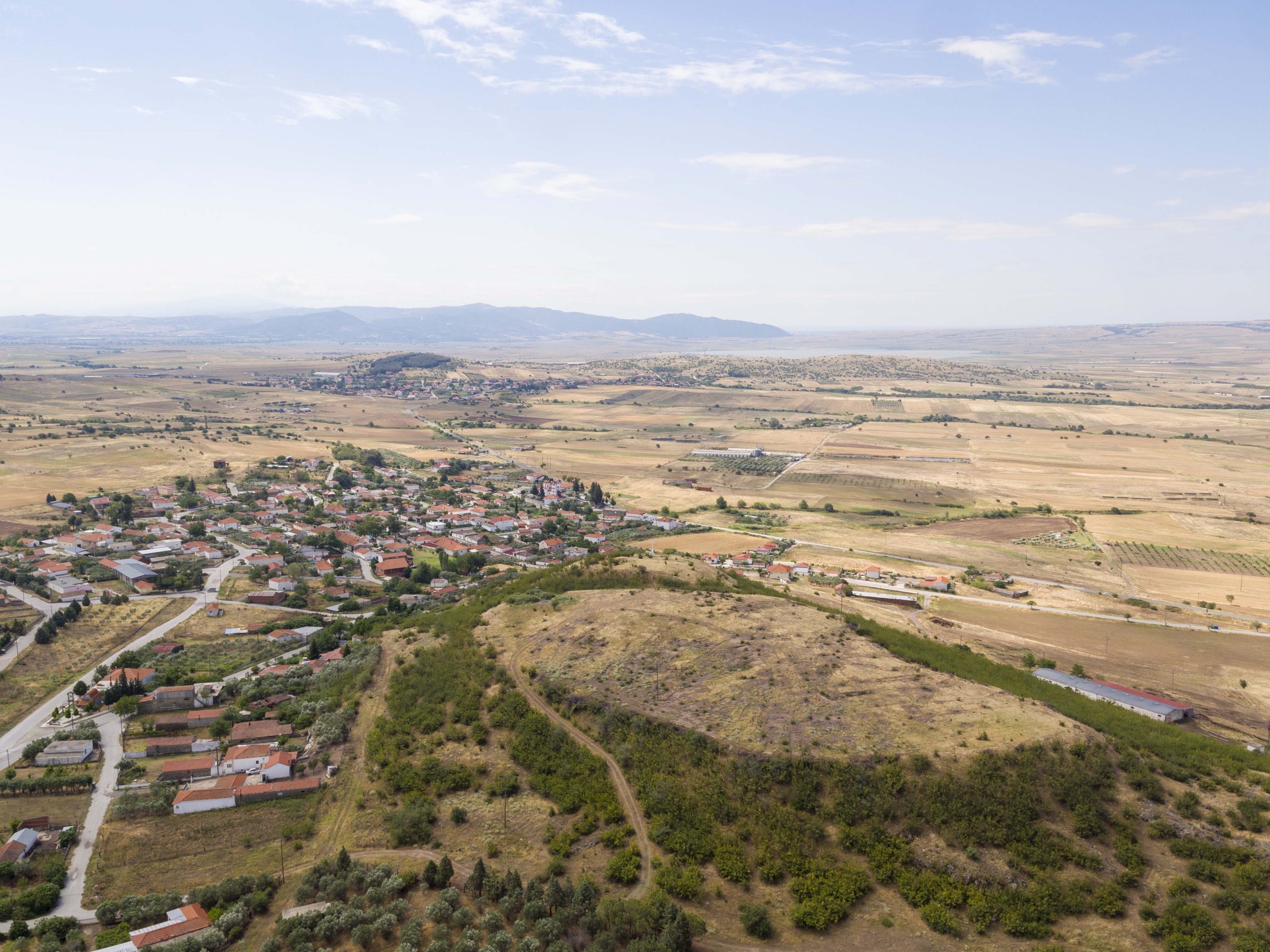
The city of Morrylos
This is a metropolis in a strategically important site in the plain of Krestonia, a rural area featuring a remarkable livestock production, according to inscriptions, and the prominent sanctuary of Asclepius. It followed the organization of the Macedonian cities and had a boule, a citizens’ assembly, a public archive, and a body of magistrates. The presence of the city during the Hellenistic and Roman times (3rd c. BC – 3rd/4th c. AD) is very likely, while its foundation can be possibly traced to an earlier era, as evidenced by sporadic finds and the known names of more than twenty of its citizens, all connected with the Macedonian kingdom.
The city was fortified, as witnessed in a honorary decree of the 2nd c. BC. According to this, an important sponsor, Alcetas, was honored for the repair of the city wall, for feeding citizens and troops passing through, but also for the donation of cows to the city and its sanctuary to Asclepius.
According to another decree, which dates in 185-180 BC, Paramonos, the son of Samagoros, was honored by the city with an olive wreath and a stele placed in the sanctuary of Asclepius. The reason for these honors had been the dedication to Asclepius by Paramonos of a cow in productive age, from which a whole herd was formed over time.
The worship of Asclepius in Macedonia was widespread during the Hellenistic and Roman periods. The sanctuary of Asclepius in Morrylos was the center of religious life in the metropolis of the Morrylians and was situated at its most prominent location. It attracted crowds of pilgrims, not only from the city and the surrounding villages, but also from neighboring cities, such as Ioron (probably Palatiano) and Liti. In the sanctuary of Asclepius, honorary decrees of the city and statues of benefactors were erected for its prominent citizens. They offered to the city and to the god, in the hope that their virtuous deeds would find imitators. Statues of Asclepius and members of his family from the Hellenistic period were accidentally discovered in the sanctuary of Asclepius in Morrylos in 1933. They are currently exhibited in the Archaeological Museum of Thessaloniki.
